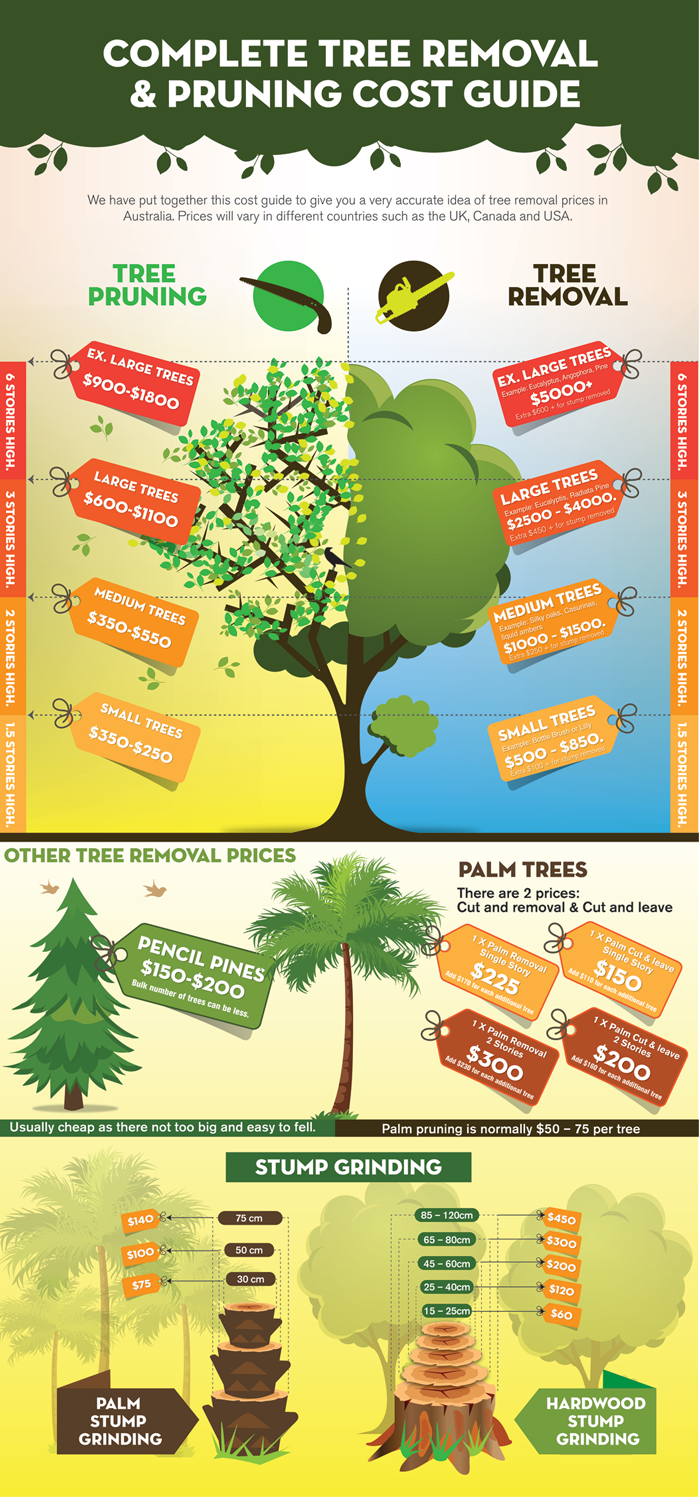Post-Tree Removal Treatment: Reliable Techniques For Landscape Reconstruction
Post-Tree Removal Treatment: Reliable Techniques For Landscape Reconstruction
Blog Article
Created By-Hinrichsen McCollum
After a tree's removal, your landscape may look fairly various, and it's important to evaluate the consequences thoroughly. You'll wish to evaluate the dirt disturbance and check surrounding plants for any kind of signs of stress. Disregarding these elements can lead to bigger problems down the line. So, what should you finish with those stumps and roots? And just how do you choose the best plants for your rejuvenated area? Let's explore these crucial steps.
Analyzing the After-effects: Assessing Your Landscape
After a tree removal, it's vital to assess your landscape to recognize the effect it carries your backyard.
Start by analyzing the area where the tree stood. Look for indications of soil disturbance, and examine the bordering plants for any kind of stress and anxiety or damages.
You must also make note of exactly how the removal has actually altered sunshine exposure and airflow in your yard. This shift can affect the development of nearby plants, so it's important to review their health and wellness.
Consider the aesthetic elements as well; the elimination may produce an open space that you can redesign.
Ultimately, consider any type of potential erosion issues that may develop from the tree's lack. Resolving these factors early will help recover equilibrium to your landscape.
Managing Stumps and Roots: Choices for Removal
As soon as you've analyzed the after-effects of the tree elimination, you'll likely need to deal with the stump and roots left.
You have a few alternatives for elimination. Logging Removes Trees From A Hill, Leaving A Barren Landscape. is stump grinding, where a professional uses a maker to grind the stump down to below ground level. https://epsom-salt-tree-stumps40627.csublogs.com/42446950/tree-stump-removal-efficient-methods-for-a-safe-and-effective-backyard-cleanup leaves minimal disturbance to your landscape.
If you favor a DIY method, you can make use of a combination of digging and chemical stump cleaners. Simply bear in mind, this process can require time and initiative.
Alternatively, think about leaving the stump as a natural feature, which can function as an one-of-a-kind garden aspect or environment for wild animals.
Whatever you select, dealing with the stump and roots is crucial for restoring your landscape.
Choosing the Right Plants for Your New Room
As you evaluate your recently removed area, choosing the right plants can significantly improve your landscape's appeal and performance.
Beginning by thinking about the sunshine and soil problems. For sunny locations, opt for drought-resistant plants like lavender or succulents. In shaded spots, ferns and hostas grow well.
Think of the dimension and growth routines of your plants; mix perennials and annuals for seasonal range. Don't forget to incorporate indigenous species; they need less maintenance and assistance local wild animals.
Christmas Tree Removal Near Me in strange numbers for a much more natural look and create layers for aesthetic depth.
Lastly, ensure you have a mix of shades and textures to keep your landscape vibrant throughout the seasons.
Pleased planting!
Final thought
To conclude, restoring your landscape after tree elimination is a fulfilling process. By evaluating the results, dealing with stumps and origins, and picking the right plants, you'll develop a successful atmosphere. Don't neglect to integrate erosion control measures to shield your soil. With a little effort and treatment, you can transform your space into a lively yard that enhances your residential or commercial property. Welcome the possibility to renew your landscape and appreciate the elegance of nature right in your backyard!
